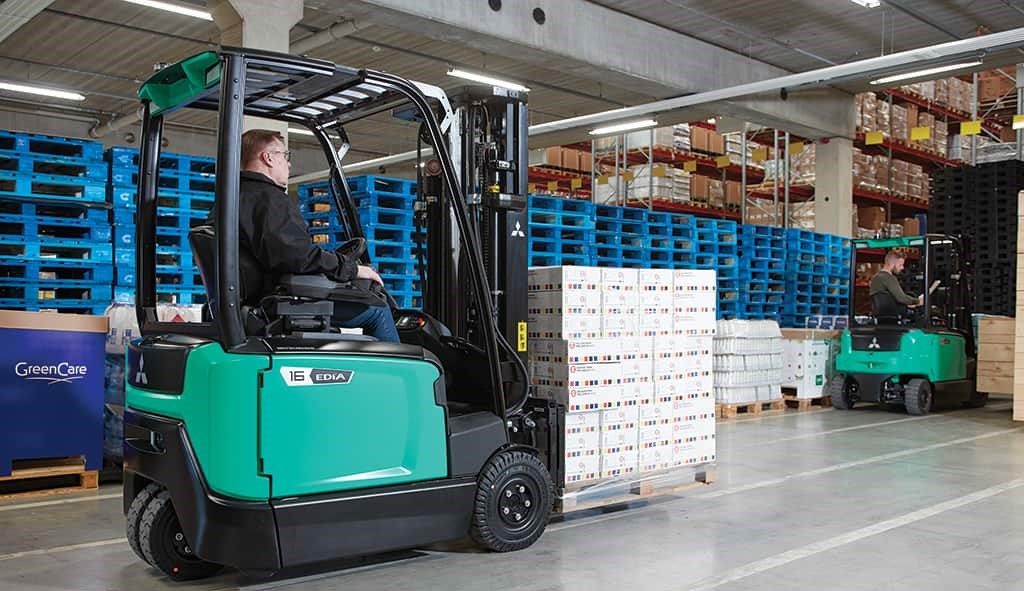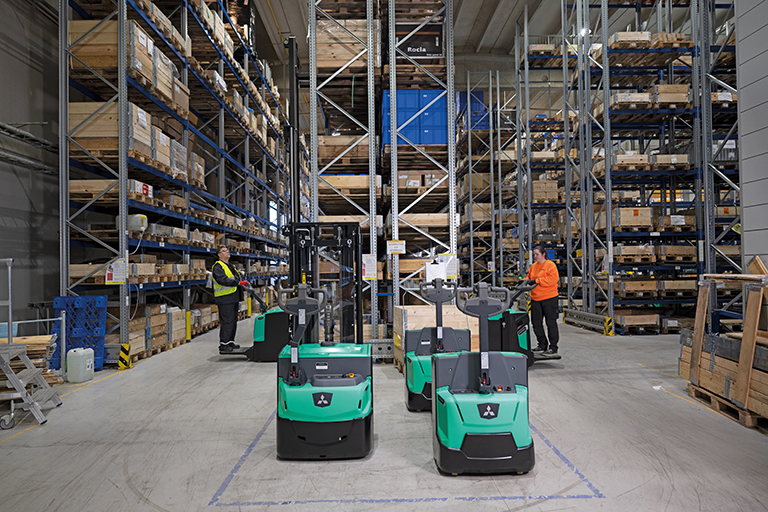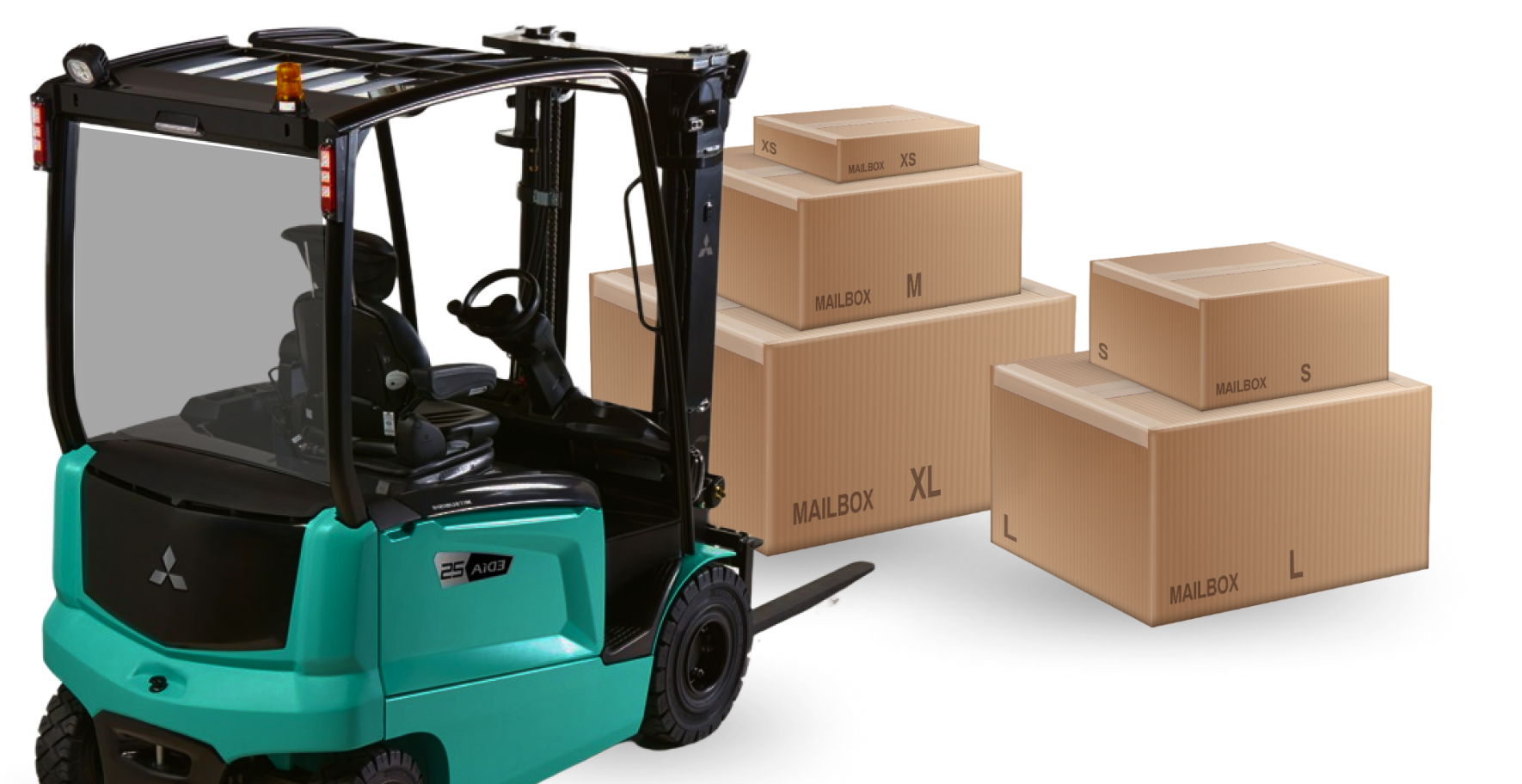Forklifts are a vital operation for warehouses, logistics operations, construction sites and factories across the UK. But they can also be extremely dangerous if not used correctly. From entanglement to product reversal, forklift mishaps often lead to injury, damage, and downtime. The HSE reports that lift truck accidents make up approximately 25% of all workplace transport accidents each year.
An awareness of the most widespread forklift dangers — and tips to prevent them — is essential to safeguarding workers, meeting standards, and maximising overall productivity. Here are 10 risks that every business needs to address.
1. Overturning Forklifts
Hazard: Overturns and tipovers are the leading cause of operator deaths. They are usually the result of going too fast through turns, having an unbalanced load, going up or down inclines, and not understanding the centre of gravity.
Solution: Operators should take corners slowly, not make sudden moves, and use caution on ramps. They should not exceed the maximum weight limit. The burden should be distributed and remain low during transport. Wear snug seat belts when operating forklifts, and never get out of the truck, no matter how tempting it is, if it starts to turn. Be covered in the event of an overturn to keep from getting crushed.
2. Unsecured or Unstable Loads
Hazard: An unbalanced, too-tall or improperly secured load can fall on either the lifting machine or nearby workers or inventory during the lift or transit.
Solution: Raise only loads up to the rated capacity limits of the forklift. Before moving, the load shall be centred, balanced, and secured as necessary. Pallets must be in good shape, with no broken slats, no nails sticking out. When required, load backrests and securement straps can be employed. Don’t pile your load so high and don’t pick up unstable materials without help.
3. Pedestrian Collisions
Hazard: Pedestrians are continually exposed to the possibility of being struck by forklifts while in shared work spaces (i.e. areas that have areas of poor visibility, blind spots, high noise levels etc)
Solution: Mark specific pedestrian-only areas and paths designated for use by forklifts. Go for mirrors, bollards, and painted lines on the floor to provide a clear line of sight. Equip forklifts with reverse warning devices (horn/backup alarm, light, strobe). Drivers should reduce their speed in pedestrian-rich or congested areas and signal with a horn or eye contact to other workers nearby when practical.
4. Obstructed Vision
Hazard: Operating with tall or bulky loads obscures the operator’s view and can prevent the operator from seeing potential hazards, people or corners, particularly when operating in reverse or working in tight spaces.
Solution: If the load blocks the forward view, drive in reverse if the conditions permit. In areas of congestion or a blind spot, use a spotter. Maintain unobstructed, well-lit aisles. Install mirrors or rear-view cameras on forklifts to assist drivers’ sight. Frequent reminders to look good and slow down if looking is restricted.
5. Poor Equipment Maintenance
Hazard: Mechanical faults such as faulty braking, faulty hydraulics, damaged forks or pneumatic tyres can lead to serious accidents, particularly when lifting loads at height.
Solution: Ensure you have a pre-use inspection checklist in place along with daily checks for tyres, brakes, steering, hydraulics, forks, and warning devices. Address issues immediately. Service your car regularly according to the manufacturer’s specifications. Alto Handling is a company you can rely on to oversee your service. Maintenance, spare parts, and equipment replacement, as necessary, will all be performed by a trusted supplier.
6. Uneven, Slippery, or Unsafe Surfaces
Hazard: The forklift is intended for level, smooth and solid (concrete) surfaces. Potholes, inclines, spills, or slippery materials can cause a tip-over or a shift in the load, especially when you have a heavy load.
Solution: Make sure surfaces are clean, dry, and maintained. Utilise caution signs for wet spaces and have spill response procedures in place. Try to stay off uneven or hilly terrain. When using ramps, back downhills with a load. Provide forklift trucks with correct tyres for the type of flooring (cushion, pneumatic, non-marking, etc).
7. Speeding and Reckless Driving
Hazard: Too much speed or manoeuvring too aggressively will leave less time for a reaction and the potential for collisions, rollovers and dropped loads that are higher in confined spaces.
Solution: Set tight speed limits in the plant and post the limit well. Fit speed governors or geo-fence equipment to allow automatic speed control. Managers must be vigilant in monitoring behaviour and not be afraid to stamp out unsafe behaviour if encountered. Encourage a safety culture and stress the value of disciplined driving with ongoing training.
8. Incorrect Use of Attachments
Hazard: Fitting the wrong attachment to a forklift or not adequately securing an attachment can cause the lift truck to become unstable or damage the load. Fork extensions, clamps, rotators and drum handlers are all the most common equipment that is subject to abuse.
Solution: Ensure all attachments are approved by the manufacturer and compatible with the forklift model. Operators should be trained on each attachment separately on how to use it safely. Observe the maximum capacity as shown with accessories in use. Check regularly for damage and destruction, and keep them stored safely away when not in use, to prevent misuse.
9. Inadequate Operator Training
Hazard: Many of the following accidents with forklifts have to do with inadequate training. Those who do not understand the significance of weight distribution, safe manoeuvring or site specific dangers are more prone to committing costly errors.
Solution: All operators should undergo training (e.g. RTITB, ITSSAR) and obtain a certificate. Training should cover hands-on skills, hazard awareness, and site-specific rules. Require annual or incident-based refresher training. Maintain comprehensive training and assessment records to meet HSE requirements.
10. Poor Warehouse Layout and Signage
Hazard: Narrow aisles, blind corners, obstructed exits, or unmarked loading zones can contribute to accidents. An ill-arranged warehouse results in confusion and poor visibility.
Solution: All layouts associated with open forklift perambulation with broad corridors and designated areas. Place mirrors at intersections, floor tape to help guide the way, and signs that display hazards and traffic directions. Introduce one-way systems if circumstances allow. Consistent safety checks may also pinpoint trouble spots and areas to improve traffic flow.
Keep Your Site Safe With Alto Handling
Forklifts are invaluable tools—but when used carelessly, they can be extremely dangerous. Understanding and addressing these ten forklift hazards is vital to protecting workers, avoiding costly downtime, and staying compliant with UK safety laws.
At Alto Handling, we help businesses across the UK reduce risk by providing top-quality forklift equipment, servicing, and expert advice. Whether you need short-term forklift hire, long-term leasing, or maintenance support, we’ve got you covered. Our experienced team also offers site surveys and equipment recommendations tailored to your needs.

